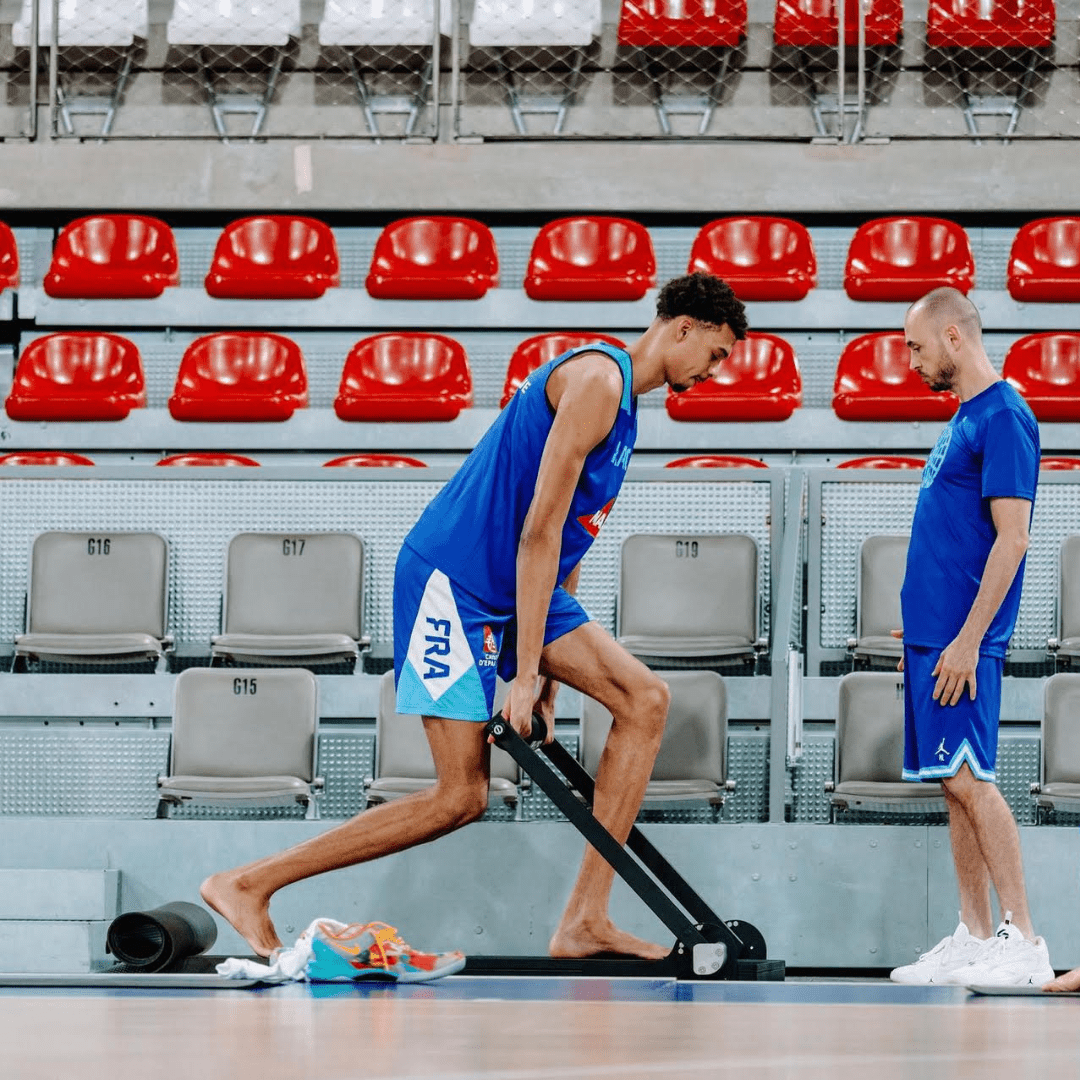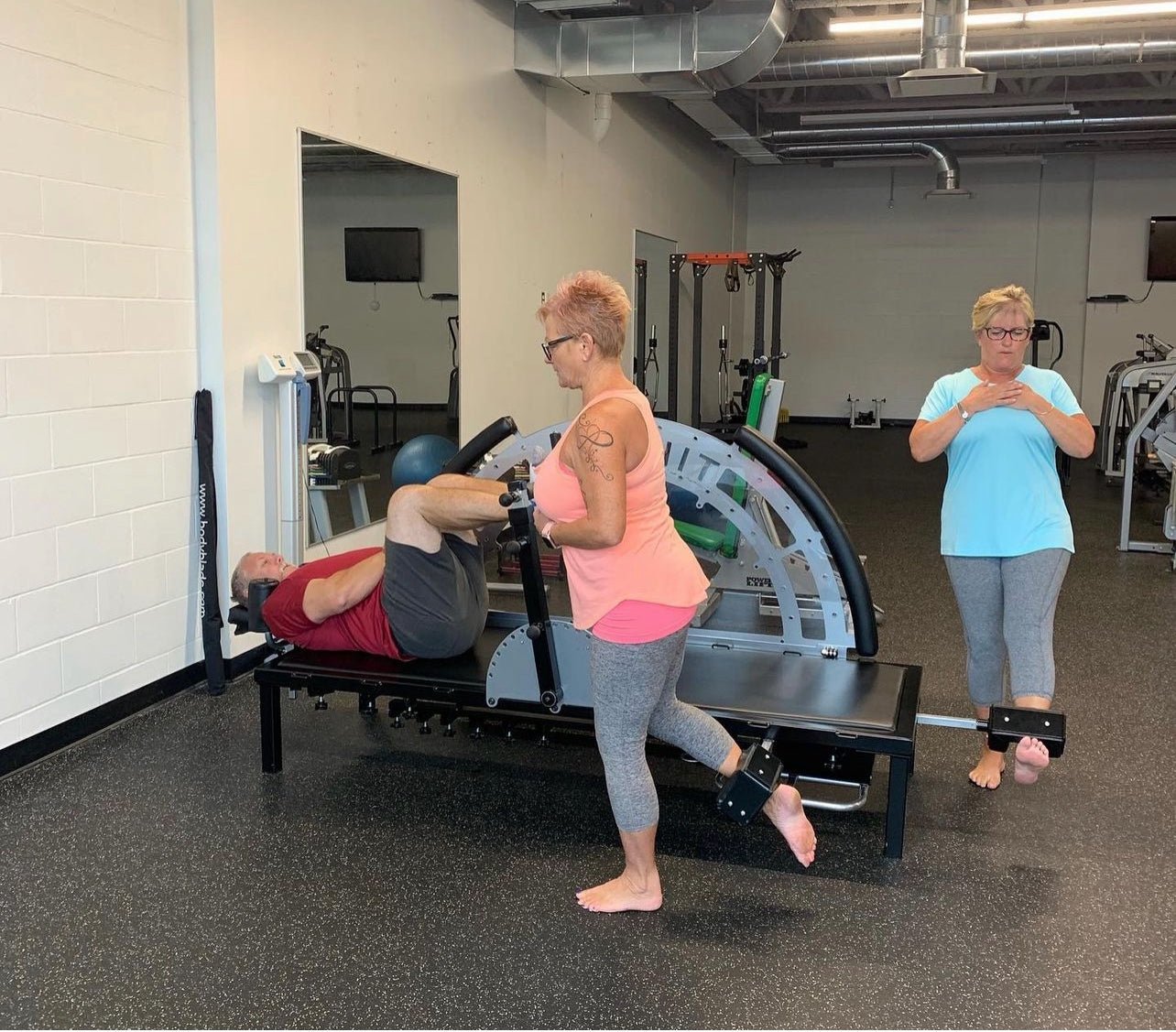Meet Steven Knight. Today, he’s nine years into his professional rugby career. Four years ago, he didn’t think he’d ever be able to compete again. At the beginning of 2020, he sprained his ankle during a game while playing for the Jacksonville Axemen.
At the time, it seemed like a good idea to play through the injury. He rested for a few weeks, got medical clearance from his team doctor, and got back on the field. He didn’t find out that he had sustained nerve damage until it was too late.
Had Steven sat out for a few months, he might have been able to return, fully healed, before the end of the season. Instead, he spent almost three years not being able to play the sport that he had grown to love.
Nerve damage isn’t a simple fix. Nerves heal slowly, at about one millimeter per day. It can take years to fully recover. Sometimes, surgery is required–which comes with more risk, more complications, and more recovery time.
Before considering an invasive surgical procedure, Steven tried conventional methods to heal his body, but acupuncture, herbal medicine, and pilates proved to be insufficient. He made some progress with the “Knees Over Toes” method popularized by Ben Patrick, but still felt discomfort any time he tried any of the explosive movements that would be required of him on the field.
He was running out of options.
His Doctor recommended that he get a bone taken out, which might have helped him with his pain, but would have certainly brought his career as a professional athlete to a close.
Steven wasn’t ready to give up on his career, so he decided to go another route. He committed to learning as much as possible about the human body. He chose to believe that he could find a way, despite his doctor’s recommendations. He changed his training philosophy to prioritize healing at all costs. He read academic papers, studied human anatomy, and scoured the internet for examples of people who had fully recovered from similar injuries. He learned about the tendons, ligaments, fibrous tissues and other forms of soft tissue in his body. Eventually, he discovered isometrics.
After learning about how isometrics can help injured athletes to regain muscle contraction and tolerate high loading, Steven was sold–he invested in a cheap, portable isometric training device. As soon as the device shipped, he tore into the packaging and got to work. In the first few weeks, he was encouraged by the results, but as time went on he felt limited in his ability to target specific muscles and build the foundation that his body would need to regain its athletic potential.
At this point, Steven knew from firsthand experience that he didn’t just need any isometric device–he needed one backed by science, with a proven track record.
That’s when Steven found Isophit.
As he scrolled through the website, some key details started to pop out at him. Unlike the other device he purchased, the Isophit would allow him to target virtually any muscle in his body, giving him the ability to create a training program that was even more specific, targeted, and effective. He also loved that it offered up to 1521 pounds of resistance–more than enough resistance to prepare him for the physical exertion of a full-contact professional rugby game. Once Steven realized that other world class athletes were already raving about how much they loved Isophit, he was sold.
That was six months ago.
Today, Steven is in the best shape of his life. Since starting our 30inThirty Program, he has not only healed his ankle, he’s also extended his athletic prime, which is no small feat at the age of 36. Recently, he ran a laser-measured 4.23 seconds in the 40 yard dash–his fastest time ever. Perhaps most importantly, Steven is confident that he’s ready to step back onto the field and make an impact next season.










Share: